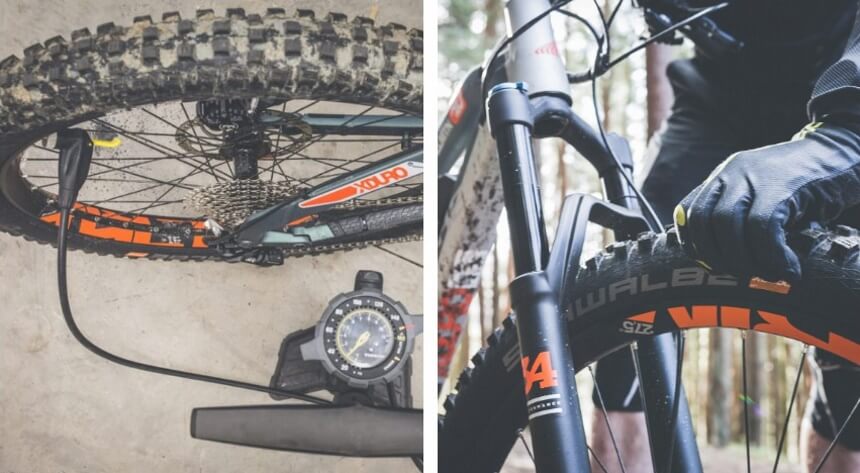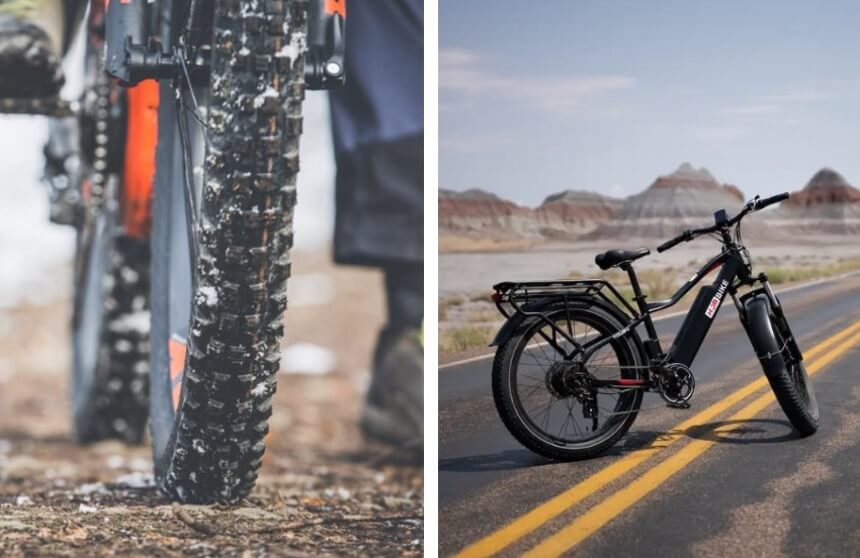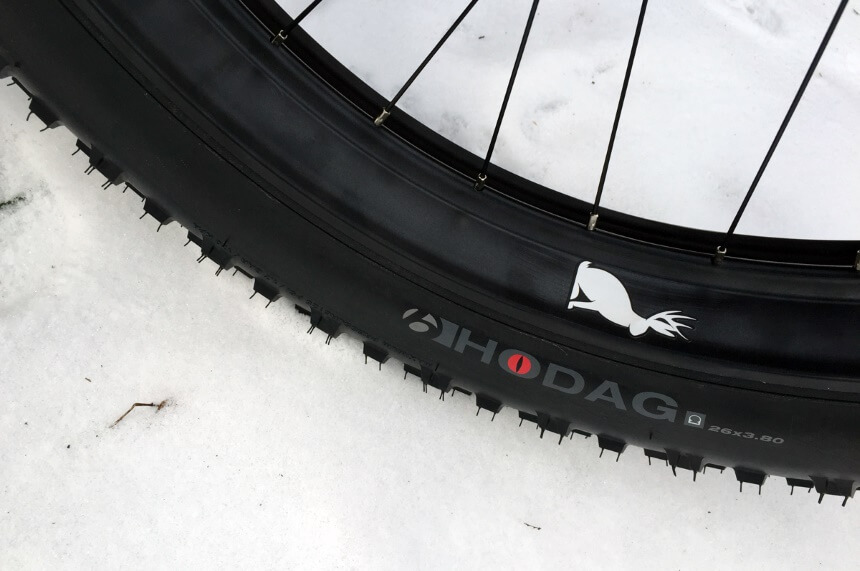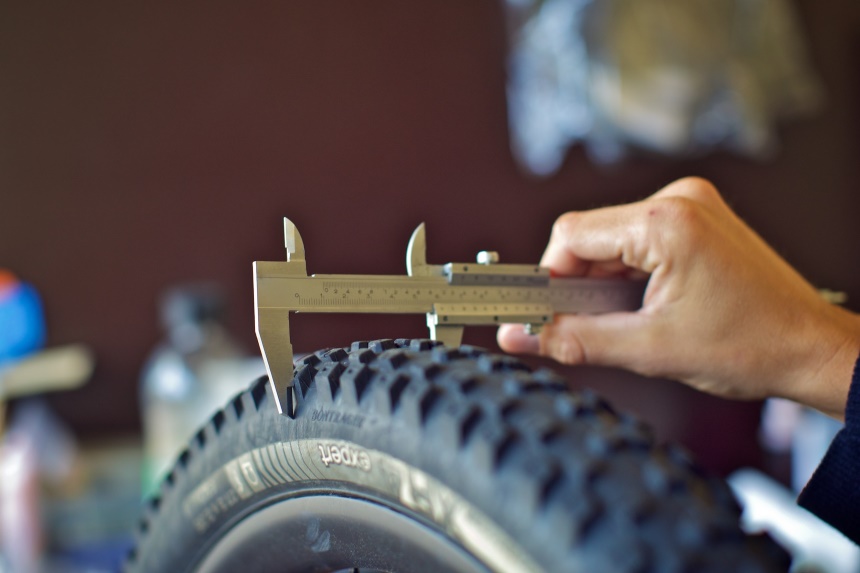- Trails
-
Bikes
-
Gear
-
Tips & Tricks
-
About us


Getting a new electric bike is an exceeding exciting endeavor! They are tons of fun to use and are also quite useful since they are easier to utilize for extended rides. Of course, after you have picked out the perfect class 2 or class 3 e-bike, you need to make sure that your bike is in perfect working order so that you can use it for a good long time. One of the most important but often overlooked factors in how well an electric bike works is tire pressure.
While recommended tire pressures are usually listed on the tires themselves, the tire pressure that you utilize for your bike is going to be different based on a multitude of factors. This might include the weight of the rider, the terrain you ride on, how large of tires you use, and, surprisingly, even the weather.
In this article, we will guide you so that you can rest assured that you have the perfect pressure to ride your electric bike safely for many years to come.
There are a few different reasons why the tire pressure for your electric bike is important. For starters, it will help to ensure that you have a comfortable ride. A tire that is overinflated is going to bounce on every obstacle as though it were a mountain, which will make for a very bumpy ride. On the other hand, underinflated tires will make you feel as though you are riding through a knee-deep puddle of mud. It will be nearly impossible to get going. By making sure you have the right tire pressure, you will have the smoothest ride possible.
The correct tire pressure is also very important if you want your tires to last for a good long time. Overinflated and underinflated tires will wear through much faster than properly inflated tires, which is, obviously, less than ideal. The last thing that you want to do is buy new tires all of the time, as this will make your biking experience much more costly.
The charge on your electric bike will also run out more quickly if you don’t have the tires inflated correctly, so bear that in mind as well.

A tire’s job on any bike, including the electric variety, is to hold up the bike and the rider. Without the correct tire pressure, you will not be able to ride very well since the bike will not be able to hold you up. A larger individual is going to need a higher tire pressure, as the tires need more support to stay inflated under a higher load. A lighter rider will, obviously, need a lighter amount of pressure.

If you are riding on solid ground, such as a roadway in a city or town, which a bike like this one from Aventon would be perfect for, then you are going to want to use the higher range that your tires are recommended to be inflated to. On the other hand, if you are going to be on rougher terrain on a bike designed for rougher rides like this model from VELOWAVE, you should usually go for the lower end of the range of the recommended pressure. This will allow the tires to absorb rocks or debris without giving you a ton of jolts as you ride down the trail. This is especially important if you are looking for a good electric bike for hunting.

Another big factor in choosing the correct electric bike tire pressure is going to be the cold weather. In colder climates Trusted Source UCSB Science Line Warm air exerts more pressure than cold air. Driving on roads produces friction, which heats up the tires and the air within. If the air inside heats up too much, the pressure can increase to where the tire will no longer hold it and the tire will pop – catastrophically. scienceline.ucsb.edu , you will need to add more air to keep the tire pressure up. This is due to the fact that the colder the air gets, the more the molecules condense, which means that they take up less room inside of the tires. As such, you will need to put more air in to fill that same amount of space. Warmer weather will have the opposite effect.

Perhaps the biggest indicator of the correct tire pressure for your electric bike will be the width and volume Trusted Source Proper road bike tire inflation - In-depth discussion of current science-based views and recommendations | Five Boro Bike Club How much air pressure should we be inflating our bike tires to? That debate has been raging ever since the first pneumatic bicycle tire was invented in 1887. 5bbc.org of the tires themselves. If you have smaller road-style tires, then you will need a higher psi since less of the tire is able to make contact with the ground. On the other hand, if you choose to utilize larger tires that have a greater volume, you can probably get by with a lower level of electric bike tires inflation, as they have more room for the air to spread out inside of the tires.
As you can see, finding the right tire pressure depends on a litany of factors. These might include where you will be riding, how heavy of a rider you are, the weather that you will experience, as well as the size and width of the tires on your bike. Thankfully, you are now well-prepared to find the right pressure each and every time you hop on your e-bike. Happy riding!